I’ve always found that a Pilates workout full-body session is a fantastic way to enhance my overall strength and flexibility.
It’s a form of exercise that focuses on balance, posture, and core strength, which are essential for a well-rounded fitness routine.
By engaging in Pilates, I can work on multiple muscle groups simultaneously, making it an efficient workout for those of us with busy schedules.
Pilates Workout Full Body
When I tried a Pilates full-body workout, I was amazed at how it engaged every muscle group.
It’s not just a series of movements; it’s a full-body experience that promotes strength, flexibility, and mind-body awareness.
What to Expect in a Full Body Pilates Workout:
- Core Strength: The essence of Pilates is in strengthening the core, which includes the abdominal muscles, lower back, hips, and buttocks.
- Flexibility: Stretching is a major part of Pilates, helping to prevent injuries and muscle strains.
Sample Exercises:
The Hundred:
- Lie on your back, legs extended, and arms by your sides.
- Raise your head and shoulders off the mat as you pump your arms in a controlled rhythm.
The Plank:
- Start on your hands and knees, then extend your legs back, balancing on your toes and palms.
- Your body should form a straight line from head to heels.
Tips for Success:
- Breathe Properly: Breathing is key in Pilates; make sure to breathe deeply and in sync with each movement.
- Quality Over Quantity: Focus on the precision of your movements rather than the number of repetitions.
Listen to your body and adjust the intensity to suit your fitness level. Enjoy the balance of power and relaxation that Pilates offers.
Understanding Pilates
I’ve always been intrigued by how a Pilates workout full body approach not only sculpts the body but also aligns the mind with the motion.
In exploring Pilates, you’ll find that this discipline is much more than a series of exercises; it’s a philosophy that can transform the way you move and think.
Origins and Philosophy
Pilates was developed by Joseph H. Pilates, a visionary who understood that the mind and body are intrinsically linked.
He called his method “Contrology” because he believed in the power of the mind to control the muscles.
Pilates is designed to build strength, and flexibility, and enhance bodily control, initiating a harmonious dialogue between your body and mind.
Key Principles of Pilates
The foundation of Pilates rests on several core principles:
- Breath: Proper breathing is essential, fueling the muscles with oxygen and creating a rhythm for movement.
- Control: Every exercise is performed with control, aiming to perfect the movements instead of seeking high intensity.
- Core strength: Known as the “powerhouse,” a strong core is crucial for stability and balance in Pilates movements.
These principles converge to enforce the idea of mindful exercise, ensuring that the body and mind are working together as one.
Benefits of Pilates for Full-Body Conditioning
Pilates has numerous benefits for full-body conditioning.
Here’s a snapshot of what consistent practice can do for you:
- Enhance muscle tone and sculpt the body.
- Improve posture and balance, vital for daily activities.
- Increase flexibility for a more limber and agile form.
Regular Pilates practice can lead to a heightened sense of body awareness and an overall sense of well-being.
Getting Started with Pilates
When I took on a Pilates workout full body routine, I discovered the importance of starting with the right foundation.
This meant choosing suitable equipment, finding expert guidance, and setting achievable goals.
Choosing the Right Equipment
For beginners, the most critical piece of equipment is a mat. Pilates requires a firm but cushioned surface; a thick yoga mat or a specialized Pilates mat can serve this purpose.
The thickness should support your back comfortably, so opt for a mat that’s at least half an inch thick.
Setting Realistic Goals
I learned that setting realistic goals was crucial for maintaining motivation. As a beginner, aim for short, manageable sessions—a 20-minute routine is a good starting point.
Track your progress and celebrate the small victories to stay motivated and consistent. Remember, improvement comes with time and practice, so be patient with yourself.
Core Pilates Exercises
In my journey with Pilates, I’ve learned that core workouts are more than just abs exercises; they’re an integral part of any good Pilates workout full body.
Strengthening the core is crucial for stability and movement in daily life.
Warm-Up for Core Activation
Before jumping into the core exercises, it’s essential to warm up the muscles to prevent injuries. I always start with some dynamic stretching to get my muscles ready for action.
A good warm-up includes pelvic tilts and spine stretches that activate the deep core muscles, setting a solid foundation for what’s to come.
Fundamental Pilates Mat Exercises
Once warmed up, I like to focus on a sequence of exercises targeting the abs and other core muscles.
Critical movements in this section include the famous Pilates hundred, a breathing exercise that builds endurance in the core, and the single-leg stretch which challenges stability.
Incorporating exercises like the criss-cross works the obliques and helps tone the entire midsection.
Advanced Core Strengthening Movements
As my core becomes stronger, I add more challenging exercises to my routine. Advanced moves involve a greater range of motion and additional strength, taking my core training to the next level.
These may include variations on planks or incorporating props like a Pilates ball or ring to add resistance and intensity to my movements.
Upper Body Work in Pilates
In my Pilates workout full body routine, upper body exercises are essential for building strength and enhancing flexibility, particularly in the arms and shoulders.
Arm Strengthening with and Without Weights
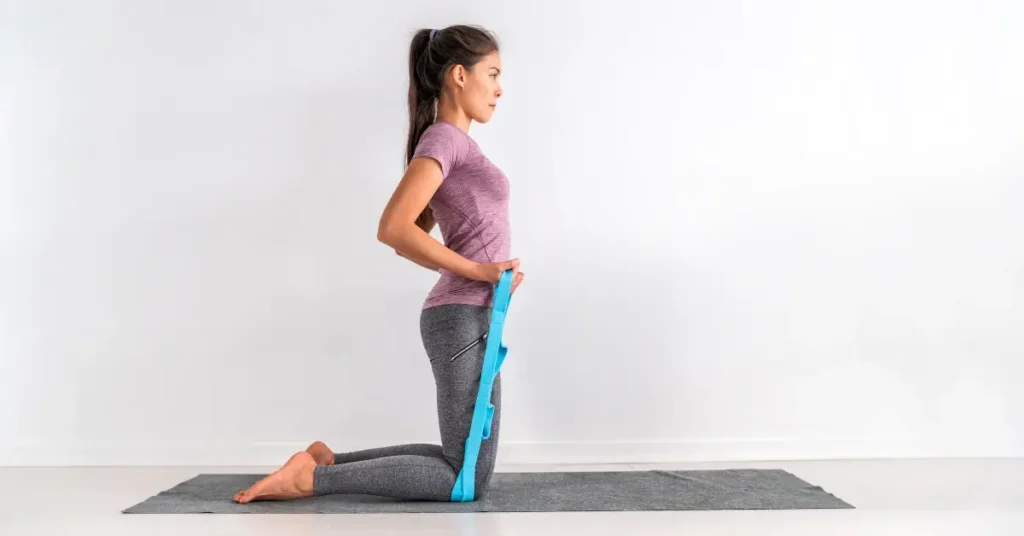
When I’m looking to amp up my arm strength, Pilates exercises provide a diverse range of movements.
Without weights, the classic Pilates push-up is a mainstay, relying solely on body weight to challenge my stabilizing muscles.
It’s not just about the arms; my entire upper body gets a solid workout from maintaining that perfect plank position.
Adding weights into the mix, small dumbbells, or a Pilates ring can introduce a new level of resistance training.
Even light weights can make a sequence of Pilates arm circles or chest expansions remarkably effective at toning my arms and engaging my core simultaneously.
Improving Shoulder Flexibility and Strength
Shoulder health is non-negotiable for a well-rounded Pilates practice. I incorporate stretches that enhance shoulder flexibility while also building strength.
Exercises like Pilates boxing move to help me develop shoulder strength without sacrificing my range of motion.
I frequently use exercises that involve stretching and lengthening the shoulder muscles, as these movements help in stabilizing the shoulder area and preventing injuries.
Pilates Exercises for the Lower Body
I’ve discovered that a Pilates workout full body routine is incomplete without a dedicated focus on the lower body.
It’s a harmonization of toning the legs and glutes while enhancing strength and mobility in the hips. Let’s dive into how you can target these critical areas effectively.
Targeting the Legs and Glutes
The essence of a strong lower body begins with the legs and glutes. Pilates leg lifts target the glutes and, with controlled motion, strengthen the surrounding muscles for a balanced form.
In particular, a Lower Body Pilates Workout can be remarkably effective for toning these areas.
Enhancing Leg Strength and Hip Mobility
Pilates isn’t just about toning; it improves functional strength too.
Exercises like lunges are integral for increasing leg strength, and when combined with the stability required in Pilates, they also promote hip mobility.
It’s all about the precision in movement that activates the entire pelvic area.
Pilates Moves for Hamstrings and Quads
The balance of working both the hamstrings and quads cannot be overstated for a full-body Pilates session.
Incorporating moves that focus on these muscle groups ensures a comprehensive lower-body workout. Squats and targeted hamstring stretches are fundamental in achieving this balance.
Whole Body Pilates Workouts
I’ve found that Pilates workout full body sessions can be remarkably effective for integrating every muscle group into a cohesive and challenging fitness routine.
Let’s explore how to achieve this total-body connectivity.
Integrating Upper and Lower Body Movements
Integrating upper and lower body movements in Pilates ensures a uniform improvement in strength and flexibility.
A single leg stretch puts your abs to the test while simultaneously working your leg muscles.
When you incorporate movements like the plank that require both upper-body stability and lower-body engagement, you’re maximizing your workout efficiency.
Full-Body Mat and Equipment Workouts
Whether you’re on the mat or using Pilates equipment, full-body workouts encourage not just strength but also graceful movement.
Utilizing equipment like the reformer adds resistance, making exercises like squats and side planks more demanding.
Mat workouts often require no equipment at all, and movements like the rollover are perfect for a full-body challenge that only needs your body weight and a little room to move.
Challenging Full-Body Pilates Sequences
To make you sweat, challenging sequences that combine exercises can elevate your full-body workout.
I make sure to add modifications to fit my fitness level, which keeps the training both gentle and adaptable.
Pilates for Flexibility and Balance
When started my Pilates workout full body routine, I quickly learned how it uniquely improves flexibility and balance. It melds strength and poise in ways that enhance my day-to-day movements exceptionally.
Incorporating Yoga and Stretching into Pilates
Incorporating yoga elements into my Pilates practice has been a game-changer. I focus on yoga poses that promote ribcage expansion and rotation, enhancing my Pilates performance by increasing thoracic mobility.
Merging stretching with Pilates also helps me maintain muscle elasticity and joint mobility.
Exercises for Flexibility
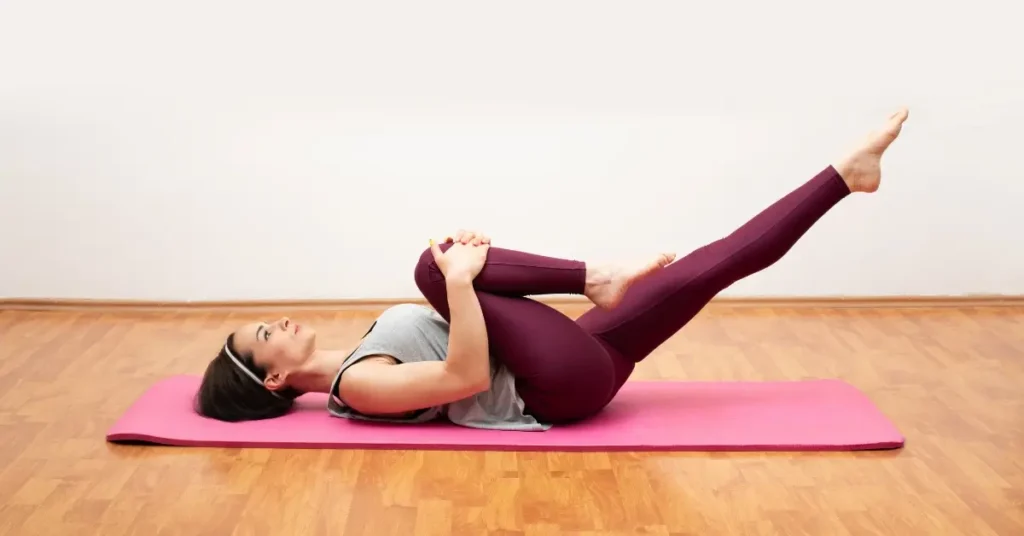
Specific Pilates exercises have significantly improved my flexibility. The Saw and the Mermaid are my go-to’s, elongating my spine and opening up my hips.
These exercises always make me feel like I have swum several laps, leaving my body relaxed yet invigorated.
Balance-Challenging Pilates Moves
To challenge my balance, I integrate moves such as the Single Leg Kick and Standing Side Kick.
These require core strength and stability, proving that a Pilates workout full-body session isn’t just about the abs — it’s a holistic approach to poise and strength.
Advanced Pilates Techniques
When I think about taking my pilates workout full body experience to the next level, I focus on advanced techniques that truly challenge every muscle. These methods are not just about complexity but mastery, control, and precision.
Progressing to More Complex Movements
Advanced Pilates moves to incorporate sequences that require more strength, balance, and flexibility.
I’ve learned that the transition to moves such as the Jackknife or Control Balance must be slow and controlled to avoid injury and maintain proper form. Challenging moves like these help to sculpt the muscles with precision, which is a hallmark of a truly advanced Pilates practice.
Using Pilates Machines and Resistance
Utilizing Pilates equipment adds a layer of resistance training that can dramatically enhance a Pilates workout full body routine.
The Reformer with its springs and strings provides variable resistance, helping to achieve greater muscle engagement and improved core stability.
Meanwhile, the Cadillac offers a variety of exercises that can target different muscle groups with pinpoint accuracy.
Pilates Techniques for Experienced Practitioners
As an experienced practitioner, I integrate advanced Pilates techniques into my classes to keep the workouts fresh and challenging.
This might include a series of movements on the Wunda Chair or increased resistance on the Pilates Magic Circle.
Regardless of the exercise, the key is to always maintain a deep connection to the core and deliberately proceed with each movement.
Pilates and Cardiovascular Health
When I first incorporated a Pilates workout full body routine into my weekly schedule, I was amazed at how it bolstered my cardiovascular health, combining strength and flexibility with heart-healthy exercise.
Let’s explore how Pilates can have an impact on your cardiovascular fitness.
Combining Pilates with Low-Impact Cardio
Pilates, with its slow and controlled movements, excels in strengthening muscles without the high-impact stress that other workouts might induce.
By merging Pilates with low-impact cardio exercises such as walking, swimming, or using an elliptical, you increase the time your heart works at a cardiovascularly beneficial level.
This combination ensures that you sweat and work your heart, without putting undue stress on your joints.
Using Pilates to Complement HIIT Workouts
While Pilates might seem at odds with High-Intensity Interval Training (HIIT), using Pilates exercises to complement your HIIT workouts can enhance your performance and recovery.
The precision and control required in Pilates are perfect for the active recovery phases of HIIT, allowing you to maintain an elevated heart rate for weight loss and fitness gains while promoting muscle recovery with strengthening exercises.
Practicing Pilates Safely
Engaging with a pilates workout full body routine offers numerous benefits, but just like with any exercise, it’s critical to ensure safety to prevent injury.
Keeping proper form and understanding how to adjust exercises can make a significant difference in your Pilates practice.
Understanding Body Mechanics and Alignment
In Pilates, the alignment of your body is paramount. I always emphasize the importance of posture and coordination to maintain equilibrium during a full-body session.
When executing the ‘hundred,’ it’s crucial to keep a neutral spine position to engage the core muscles effectively and safely.
An instructor with a thorough understanding of body mechanics can guide you to optimize strength and control without compromising safety.
Making Modifications for Safety and Comfort
No two bodies are the same, which means modifications may be necessary to accommodate different levels of flexibility and strength.
If you’re practicing with East River Pilates, they often suggest alternative moves for those who may have limitations. It’s also wise for me to listen to my body and make adjustments, such as using props for added support.
Enhancing Mental Focus Through Pilates
I discovered its positive effects on my mental focus. The blend of breathing, movement, and mindfulness not only sculpted my physique but also enhanced my mental clarity.
Breathing Techniques for Relaxation
In Pilates, breath is more than just an involuntary action; it’s a pathway to relaxation and mental control.
Through techniques like lateral thoracic breathing, I learned to use my breath to deepen my exercises, and this significantly improved my mental health.
Taking slow, intentional breaths helps me center my concentration during each focused movement.
Mind-Body Connection in Pilates
The mind-body connection is a vital component of Pilates. This holistic exercise strengthens the link between mental and physical faculties, enhancing coordination and mental health.
Creating a Consistent Pilates Routine
I realized the importance of consistency. A routine enhances fitness levels and ensures I reap all the benefits Pilates has to offer.
Scheduling Regular Practice
For me, Frequency is key. I schedule my Pilates sessions as I would any important appointment.
I found three times a week to be a sweet spot that allows for rest and muscle recovery. I prioritize these times in my calendar, ensuring I stick to them as part of my routine.
Tracking Progress Over Time
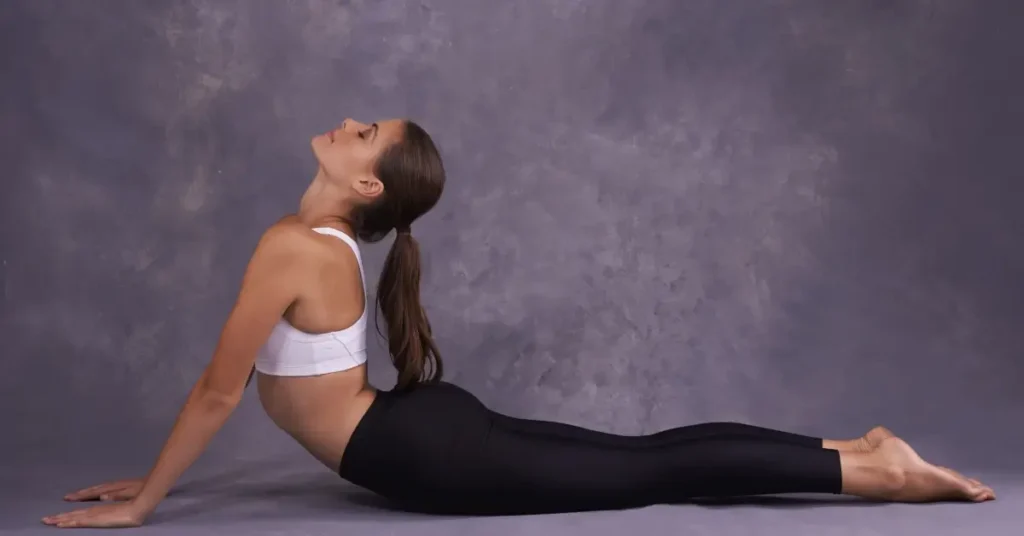
I keep a fitness journal to log my reps and Pilates sessions. This makes my progress tangible and highlights the incremental improvements in my strength and flexibility over time.
It’s encouraging to see my abilities grow as I maintain my Pilates workouts at a steady pace.
Pilates as a Lifestyle
Incorporating a Pilates workout full body routine into my daily life has been transformative, blending physical fitness with a sense of community that supports my overall well-being.
Integrating Pilates in Daily Life
I’ve found that making Pilates a part of my daily routine doesn’t require dramatic changes. It can be as simple as:
- Morning stretches: Begin the day with Pilates movements to awaken my body and mind.
- Desk exercises: Incorporating Pilates principles for posture and core engagement even while seated.
These habits pave the way for a Pilates-centric lifestyle, where mindfulness and movement go hand-in-hand.
The Community Aspect of Pilates
Joining Pilates classes has been more than just exercise; it has introduced me to a community. Here’s how:
- Friendship and support: Bonds forged during classes often extend beyond the studio walls.
- Learning from others: Whether from an instructor or fellow participants, every session is a chance to grow in skill and knowledge.
Adopting Pilates as a lifestyle isn’t merely about the exercises; it’s about the holistic approach to health and the connections made along the way.
My opinion on Pilates workout full body
Pilates always seemed like a blend of simplicity and challenge, a duality that intrigued me.
In my experience, pilates is a low-impact exercise, which means it’s accessible even when you’re recovering from injury or managing joint pain.
One aspect that stands out is how it encourages mindfulness; focusing on breathing and the precision of movements has a meditative effect.
Frequently Asked Questions – Pilates Workout Full Body
Do I have to do Pilates every day to see results?
It’s a common belief that daily practice is the key to success, but Pilates is all about the quality of movement, not just frequency. Incorporating Pilates into your routine 3-4 times a week can be effective in building strength and improving flexibility. For insights on how often you should practice for the best results, check details from Gaiam.
Is 1 hour of Pilates a day enough?
One hour of Pilates a day can be profoundly beneficial, especially for building endurance and deep muscle strength. However, even shorter sessions can be beneficial if they’re consistent and mindful of technique. Remember, even professional instructors agree that consistency trumps duration.
Do I need rest days from Pilates?
Absolutely! Rest days are crucial, as they allow your muscles to recover and rebuild. Integrating rest days into your Pilates schedule prevents overtraining and helps you come back stronger for your next session. Listening to your body is key; if you’re feeling sore or fatigued, give yourself permission to rest.
If you liked this blog post about the topic: Pilates Workout Full Body, don’t forget to leave me a comment down below to tell me about your experience with it. Or have a look at my other articles:
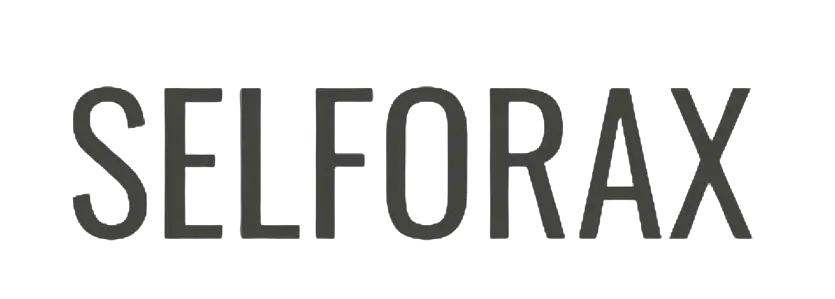
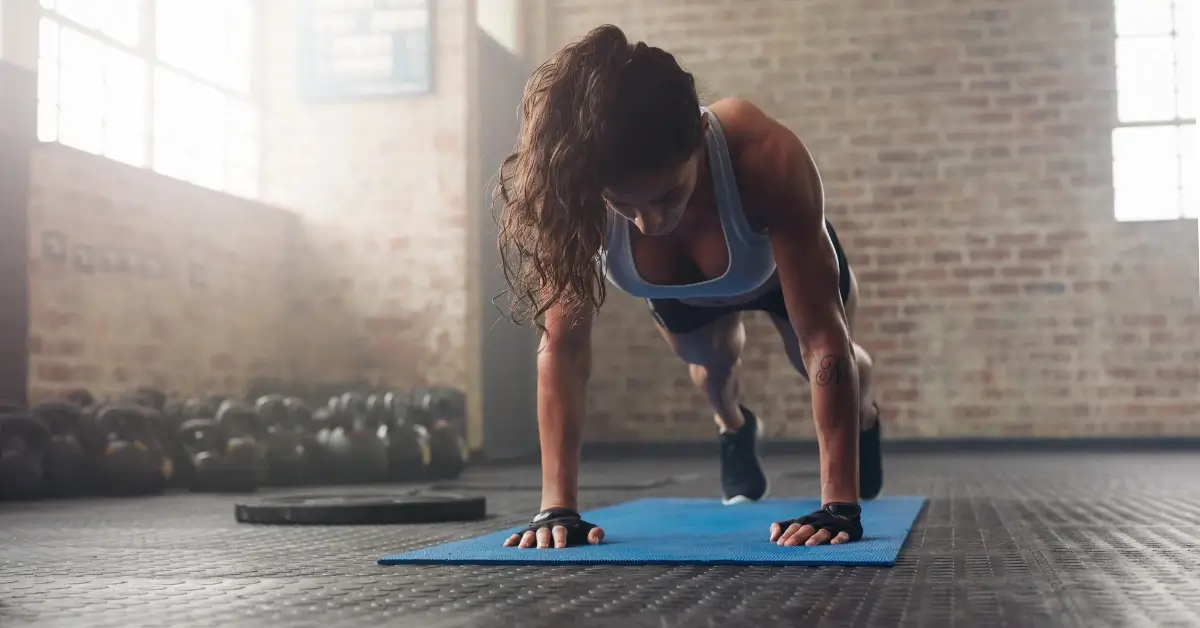

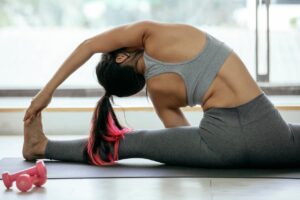
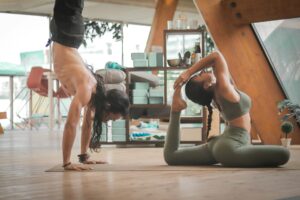
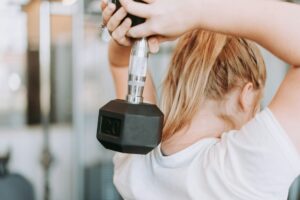
[…] Pilates Workout Full Body Routine For A Stronger You 2024 […]